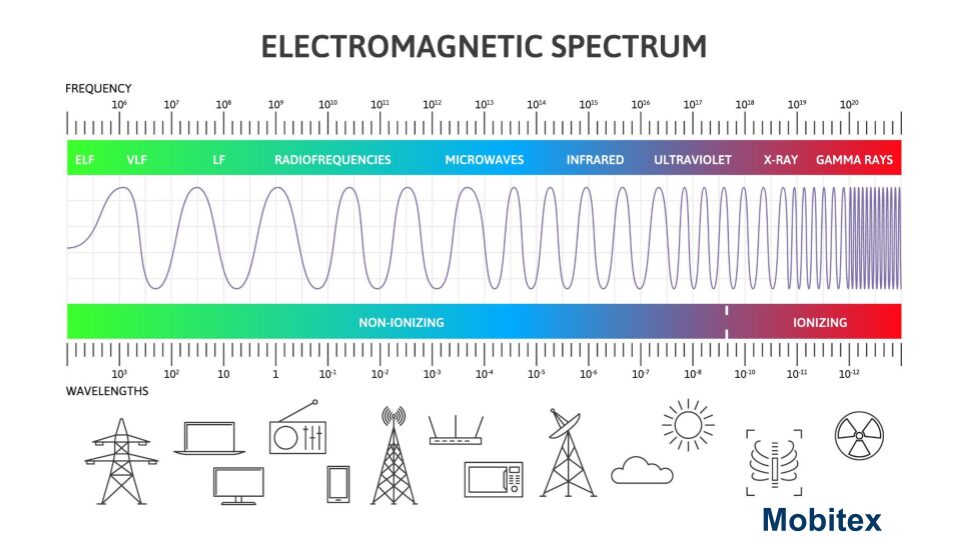Introduction
The radio spectrum serves as the invisible backbone of the wireless world. From broadcast television and mobile phones to satellite communications and emergency services, nearly every form of modern connectivity relies on unobstructed access to specific radio frequencies. But the radio frequency spectrum is not infinite—it is a finite, shared resource that must be managed carefully to ensure its fair, efficient, and innovative use across society.
Spectrum management is the science and art of organizing, allocating, licensing, and monitoring these frequencies. The need for skilled spectrum management has only intensified as technological advancements drive up demand, with emerging technologies expanding their reach worldwide. This article explores the radio spectrum as a resource, examines the principles and techniques of spectrum management, investigates its regulatory context, and looks ahead to its future.
What Is the Radio Spectrum?
The radio spectrum is part of the broader electromagnetic spectrum, encompassing a range of frequencies that carry signals for a vast array of services:
- Broadcast radio and television
- Mobile and wireless communications
- Satellite and space communications
- Wi-Fi and Bluetooth
- Radar and navigation
- Public safety and emergency services
Every wireless application requires access to a distinct portion of the spectrum. Lower frequencies are ideal for long-distance communication and wide-area coverage, as they penetrate obstacles and travel far. Higher frequencies, though capable of supporting faster data transmission and greater capacity, are more limited in physical reach and more susceptible to obstacles.

Why Is Spectrum Management Important?
The radio spectrum is both limited and highly valuable. The dramatic increase in wireless usage has led to congestion and competition for popular frequency bands, raising the risk of interference and scarcity. Effective spectrum management achieves several core goals:
- Ensuring diverse and interference-free wireless services for essential communication
- Promoting economic growth and innovation through widespread wireless connectivity
- Maximizing public benefit by balancing allocation for government, commercial, and public purposes
- Facilitating technological progress with adaptive allocation strategies
Without discipline in spectrum assignment and regulation, wireless chaos would ensue. Critical services might be drowned out or disrupted, and networks could collapse under mutual interference.
Spectrum Management: Principles and Process
Spectrum Allocation
At the heart of spectrum management lies allocation—dividing the radio spectrum into frequency bands and assigning them for particular services or uses. Allocation decisions are technical, economic, and sometimes political, determining who can use the spectrum, for what purpose, and under what constraints.
There are several foundational allocation concepts:
- Exclusivity: Assigning a band solely to one service or stakeholder, which minimizes interference.
- Shared Use: Permitting multiple users or services to operate within a band, with technical restrictions or separation.
- Licensing: Granting legal permission to use a specific frequency band, outlining the rights and responsibilities for use.
The Allocation Process
Spectrum management generally follows structured steps:
- Planning and Allocation: Authorities determine which frequency bands to reserve for particular uses, considering technical needs and future projections.
- Assignment: Specific frequencies within these bands are assigned to individual users or organizations.
- Licensing: Rights to operate on these frequencies are formalized through licenses, with obligations including interference avoidance and technical standards.
- Monitoring and Enforcement: Oversight ensures compliance, remedying unauthorized use and accidental interference.
These measures prevent fragmentation, ensure efficient use, and enable adaptation as technologies or demands evolve.
Economic and Regulatory Approaches
Spectrum Allocation Mechanisms
Traditionally, spectrum assignment was a government-administered process. As demand surged, more market-based mechanisms such as auctions became prevalent. In auctions, licenses are allocated to those who value them most, aiming for efficient use and often generating public revenue.
Auction formats can include:
- Simultaneous multiple round auctions
- Clock auctions
- Combinatorial auctions for packages of licenses
Alternative models, such as shared licensing or the use of unlicensed spectrum, have also gained importance. These support innovation, allow trading or leasing, and empower open-access ecosystems like Wi-Fi.
National and International Regulation
Spectrum management is guided by national laws and, in many cases, international policy. In most regions, spectrum is managed by a government regulatory body, which develops plans, allocates and licenses spectrum, and enforces compliance.
Internationally, coordination helps manage cross-border interference and align spectrum usage globally, which is especially important for satellite services and widely adopted wireless standards.
The Challenges of Spectrum Management
Despite sophisticated regulatory frameworks, spectrum management faces persistent challenges:
- Interference: As more devices crowd the airwaves, interference risk increases. Coordination and dispute resolution are essential.
- Technological Change: New technologies may require new allocations or adaptation of rules. Next-generation networks and the Internet of Things demand innovative approaches.
- Balancing Interests: Regulators must accommodate various users—public safety, operators, broadcasters, researchers—all vying for spectrum.
- Compliance and Enforcement: Unauthorized transmissions and non-compliance continue to require oversight.
- Socio-economic and Geographic Needs: Meeting both urban and rural connectivity needs and addressing the digital divide remain high priorities.
Modern Techniques and Innovations in Spectrum Management
Dynamic Spectrum Management
Traditional allocations are static, with exclusive, long-term licenses. Recent advances enable more flexible models, such as dynamic sharing and access. Techniques such as cognitive radio and software-defined radio allow users to share or exchange spectrum resources, increasing utilization, especially where spectrum use is intermittent.
Spectrum Monitoring and Automation
As spectrum use becomes more complex, advanced monitoring—using analytics, automation, and real-time data—becomes essential to detect interference and ensure compliance. These tools help regulators and users handle the growing number and variety of devices on the airwaves.
Secondary Markets and Trading
In some jurisdictions, license holders may sell, lease, or trade spectrum rights. This flexibility lets spectrum flow to those who need it most, reducing inefficiency and lowering barriers for new providers or services. Expanding such policies can make spectrum a more dynamic resource, while still requiring oversight.
Spectrum Management in Practice
Real-world examples of spectrum management include:
- Auctioning frequencies for new wireless services, enabling faster broadband and technological progress
- Coordinating across borders to avoid interference and optimize global coverage
- Supporting innovation through the use of unlicensed spectrum, which has enabled widespread technologies
Future Prospects
Looking forward, spectrum management will continue to evolve:
- Integration of Artificial Intelligence: Advanced technologies can forecast interference, support dynamic allocation, and help enforce rules.
- Increased Spectrum Sharing: The proliferation of devices will push regulators toward flexible licenses and sharing arrangements.
- Global Harmonization: Greater international cooperation will help manage expanding networks and global services.
- Sustainability and Inclusion: Policymakers are more aware of promoting digital inclusion and environmental sustainability in their decisions.
Conclusion
Spectrum management is an evolving discipline, balancing technical, economic, and social needs against the physical limits of the radio spectrum. As wireless technologies permeate more aspects of daily life, effective spectrum management becomes even more vital—fostering connectivity, innovation, efficiency, and broad public benefit.
Mastering the complexities of spectrum management is essential for shaping our digital future. Its importance will only grow as interconnectedness and the demand for wireless services increase.

